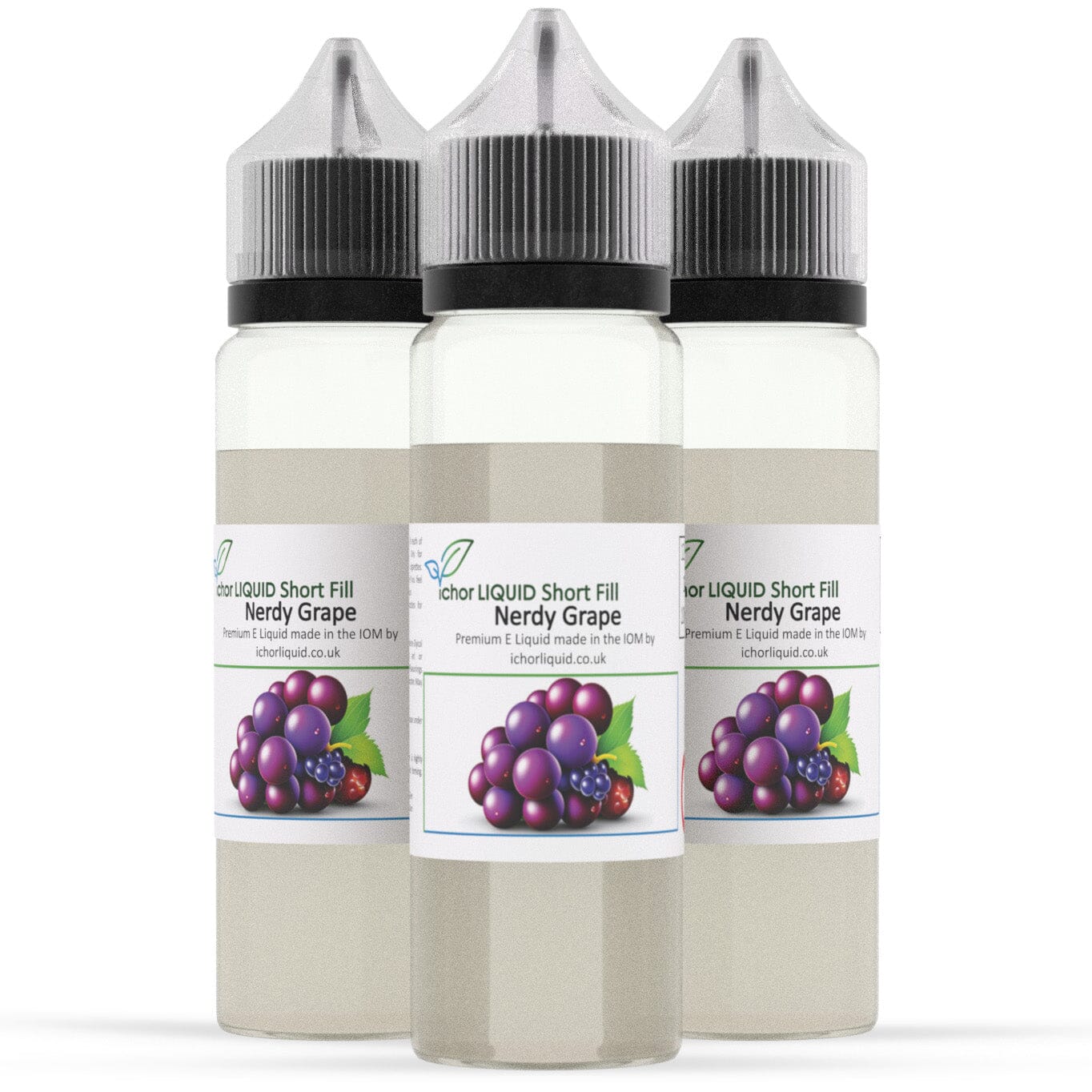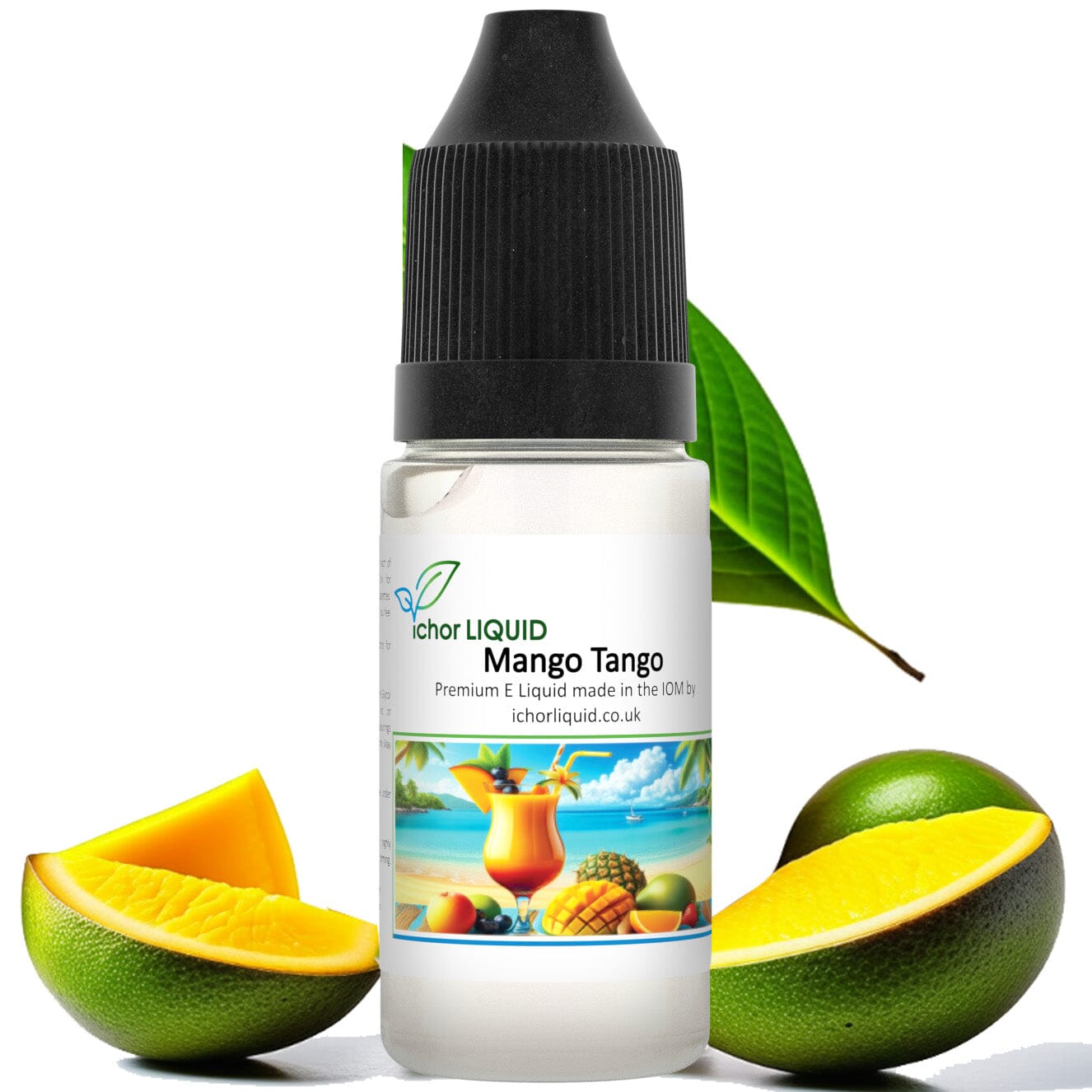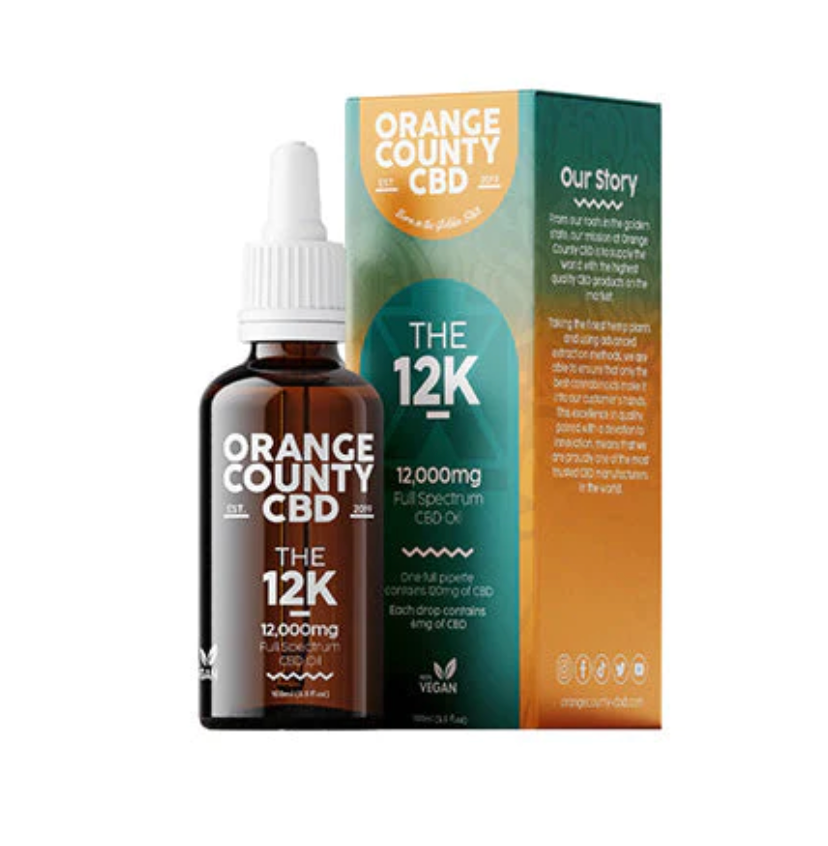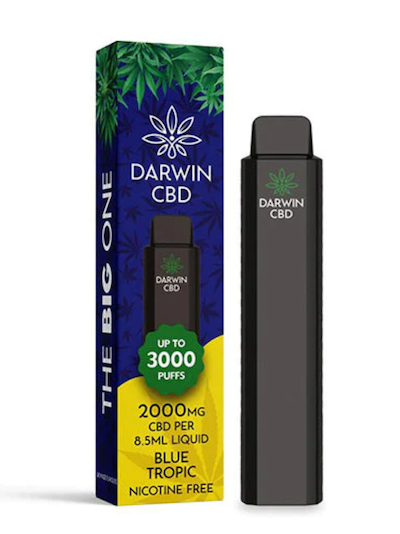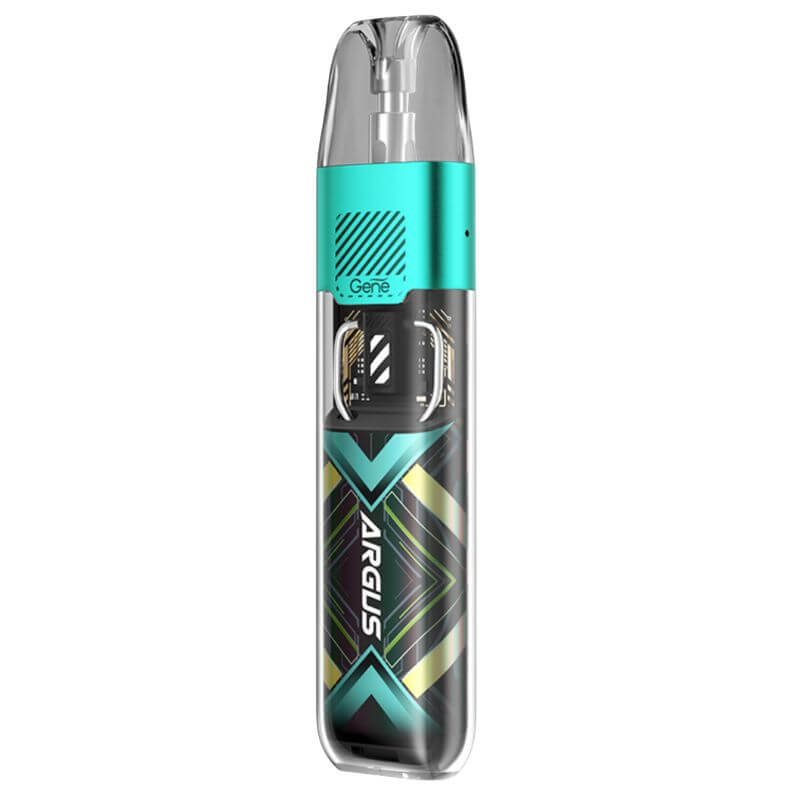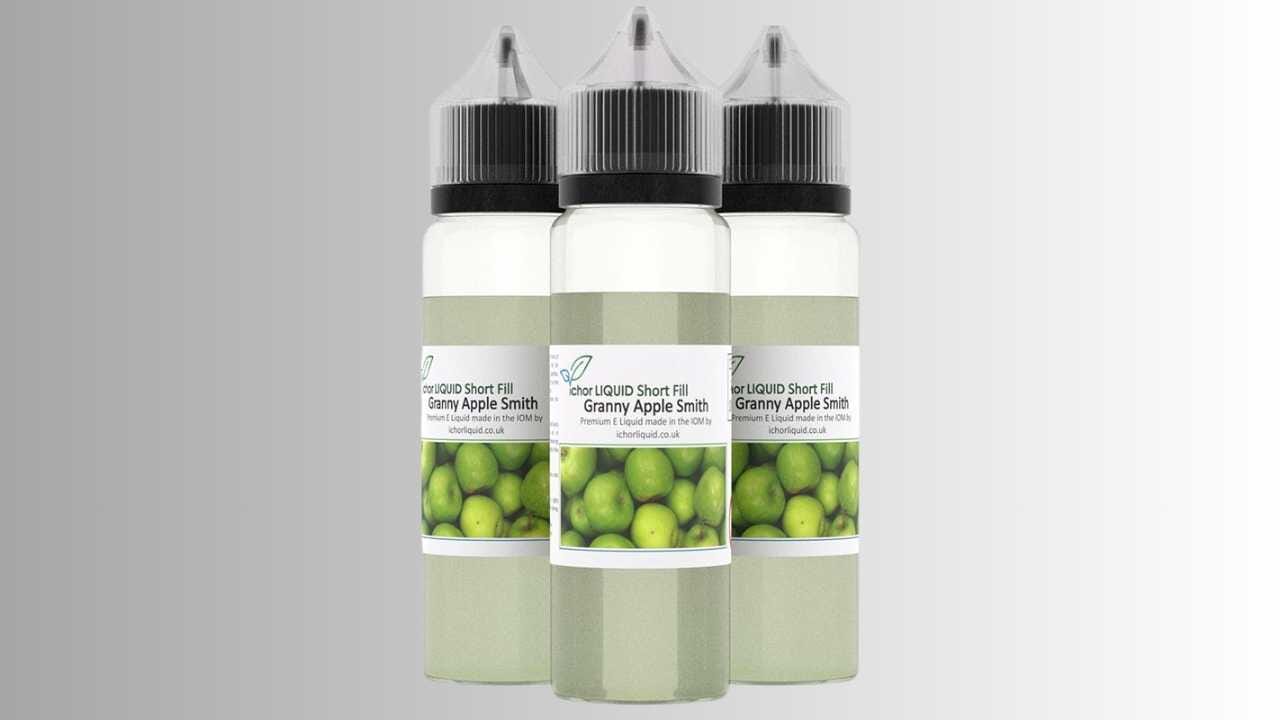The Basics of PG and VG E-Liquid: A Must-Read Guide
When it comes to vaping, understanding the differences between propylene glycol (PG) and vegetable glycerin (VG) e-liquid is crucial. These two substances make up the base of any e-liquid or vape juice, and they can significantly impact your vaping experience. Whether you're a seasoned vaper or just starting in the world of vaping, this guide will provide valuable insights into the basics of PG and VG e-liquid.
Propylene Glycol (PG)
PG is a synthetic organic compound commonly used in various products, including e-liquids, cosmetics, food, and medicine. It is a clear, odorless liquid known for its thin consistency and low density. PG carries flavors exceptionally well, providing a strong and more pronounced taste when vaping. Due to its low viscosity, PG e-liquids tend to produce fewer clouds, making it a preferred choice for stealth vaping.
Moreover, PG offers a higher throat hit, mimicking the sensation of smoking a traditional cigarette, which some vapers prefer. However, it's important to note that some individuals may experience throat irritation or allergic reactions to PG. If you have such sensitivities, opting for higher VG e-liquids may be a better choice.
Vegetable Glycerin (VG)
VG is a natural organic compound derived from plant oils, usually sourced from soy, coconut, or palm. Similar to PG, VG is also odorless and colorless, but it has a much thicker consistency and higher density. This thicker liquid produces dense vapor clouds, which many cloud chasers and sub-ohm vapers appreciate. If you enjoy performing tricks or want to create impressive plumes of vapor, e-liquids with a high VG content are the way to go.
Although VG carries flavors slightly less effectively than PG, it still provides a smooth and sweet taste. Additionally, VG is generally well-tolerated by vapers, even those with sensitivities to PG. However, it's important to note that higher VG e-liquids may perform poorly in certain types of atomizers or cartomizers, which might require frequent cleaning or coil replacements.
PG/VG Ratios
Most e-liquids on the market utilize blends of both PG and VG, as each offers distinct advantages that complement one another. The ratio of PG to VG can vary greatly, providing various vaping experiences based on personal preferences.
A common ratio is 70% PG and 30% VG, ideal for those seeking a balance between throat hit, flavor intensity, and vapor production. Higher PG ratios, such as 50% PG and 50% VG, intensify the throat hit while delivering satisfactory vapor. Conversely, higher VG ratios, like 70% VG and 30% PG or max VG, prioritize cloud production and smoothness over throat hit.
Ultimately, finding the right PG/VG ratio depends on your vaping style, device capabilities, and preferences for flavor or vapor production. Experimenting with different ratios can help you discover the perfect balance that suits your vaping needs.
Conclusion
Understanding the basics of PG and VG e-liquid is essential for all vapers. Both substances have their unique characteristics that contribute to your overall vaping experience. Whether you prefer strong flavours, dense clouds, or a balance of both, the choice between PG and VG e-liquids allows you to customize your vaping journey to your liking. Now that you have gained a solid foundation of knowledge, you can confidently explore the vast array of e-liquids available and make informed choices that enhance your vaping pleasure.
Check out our 100% VG E Liquids
